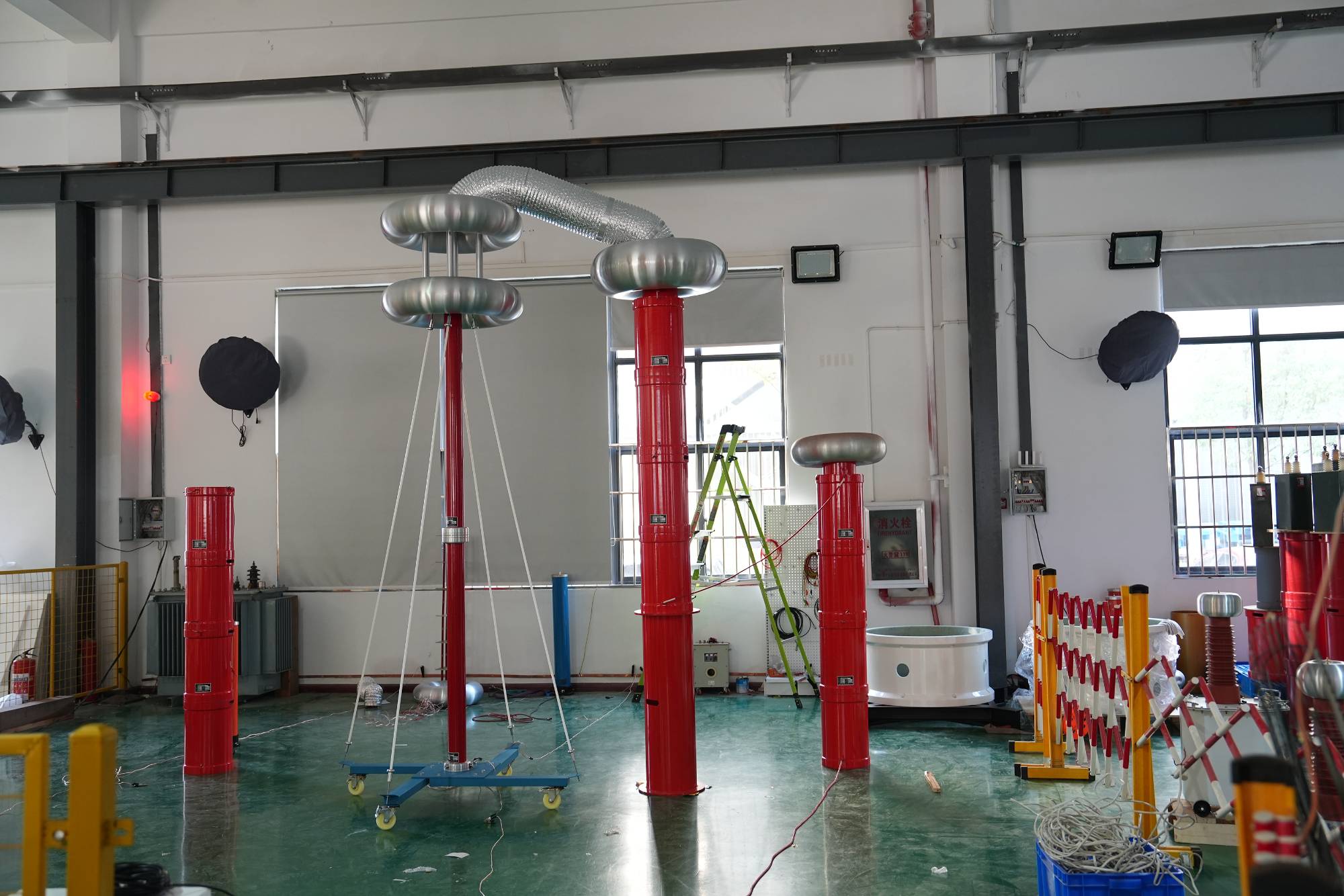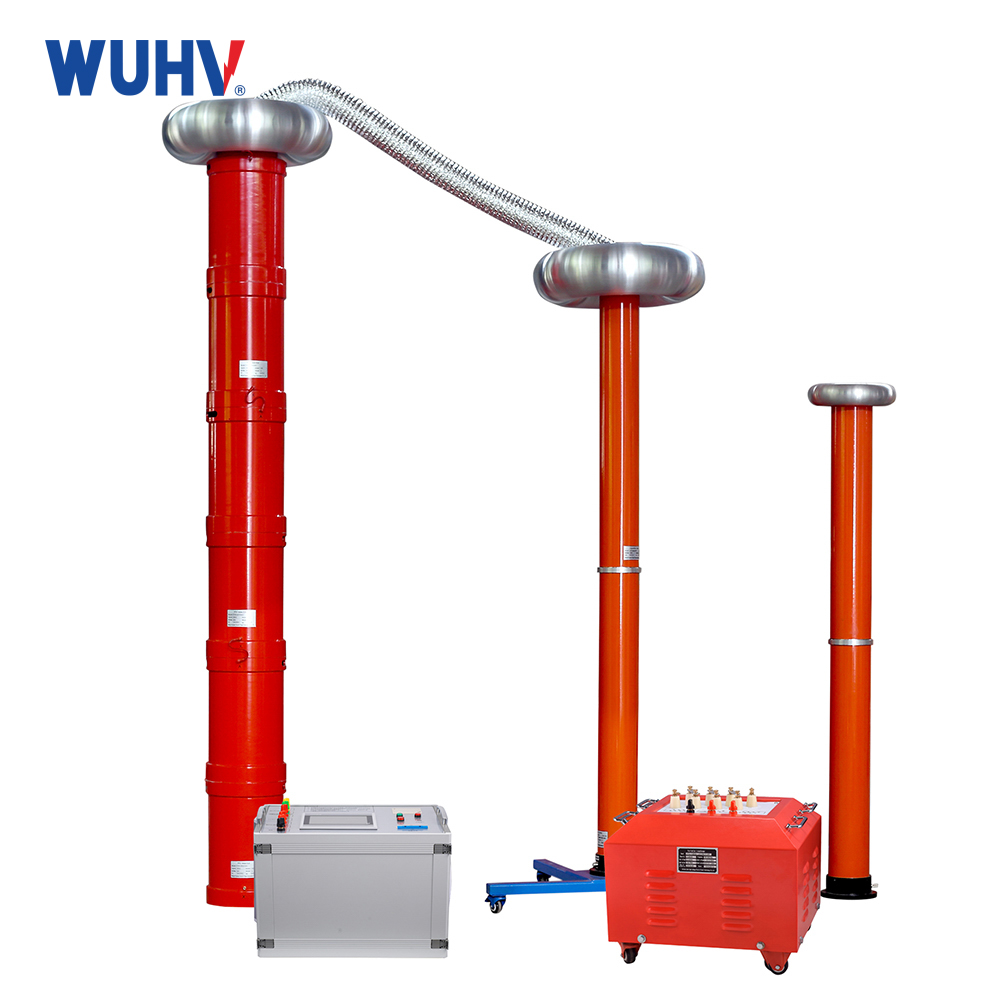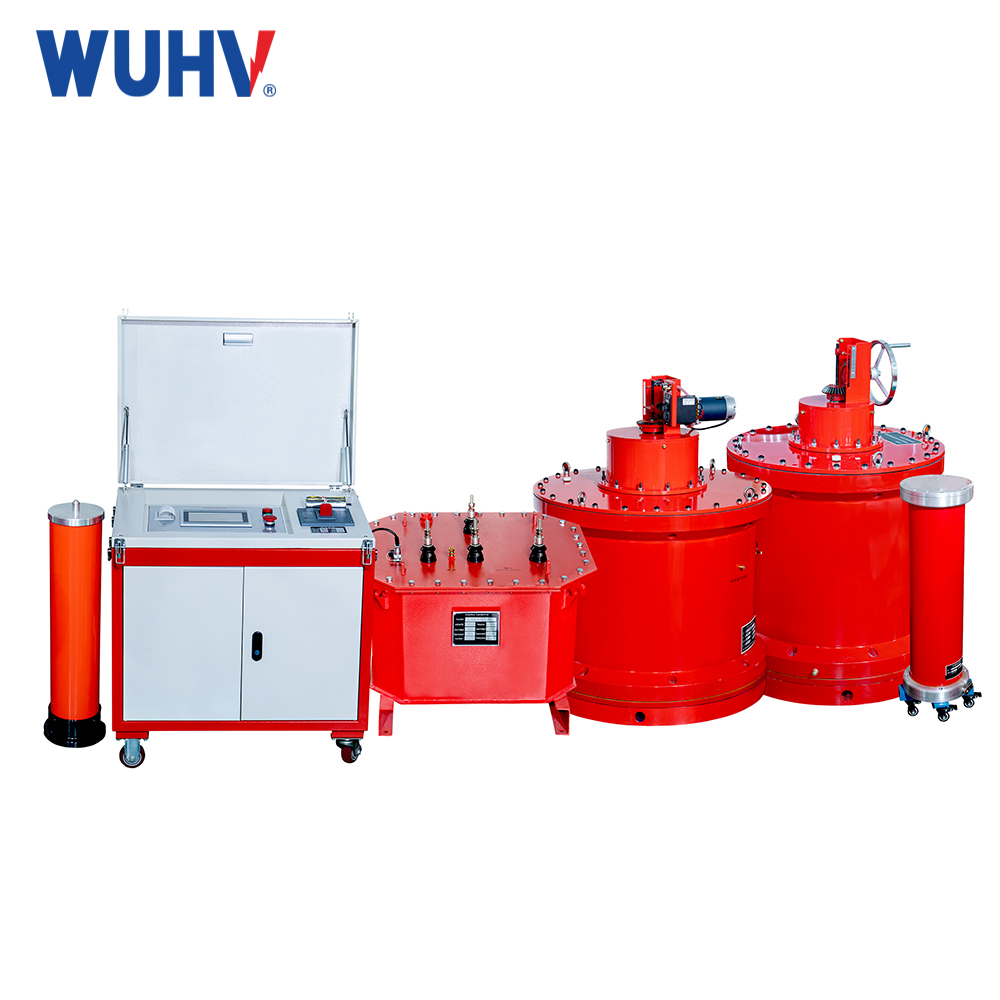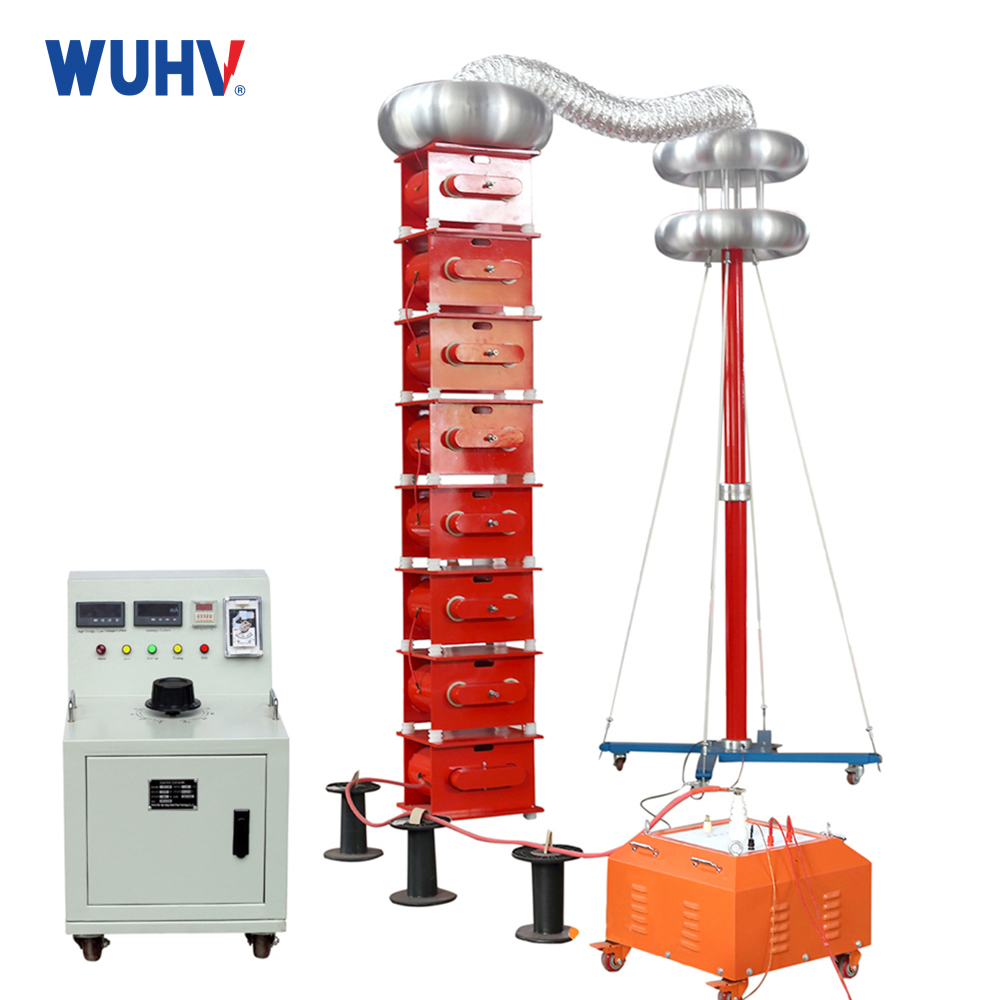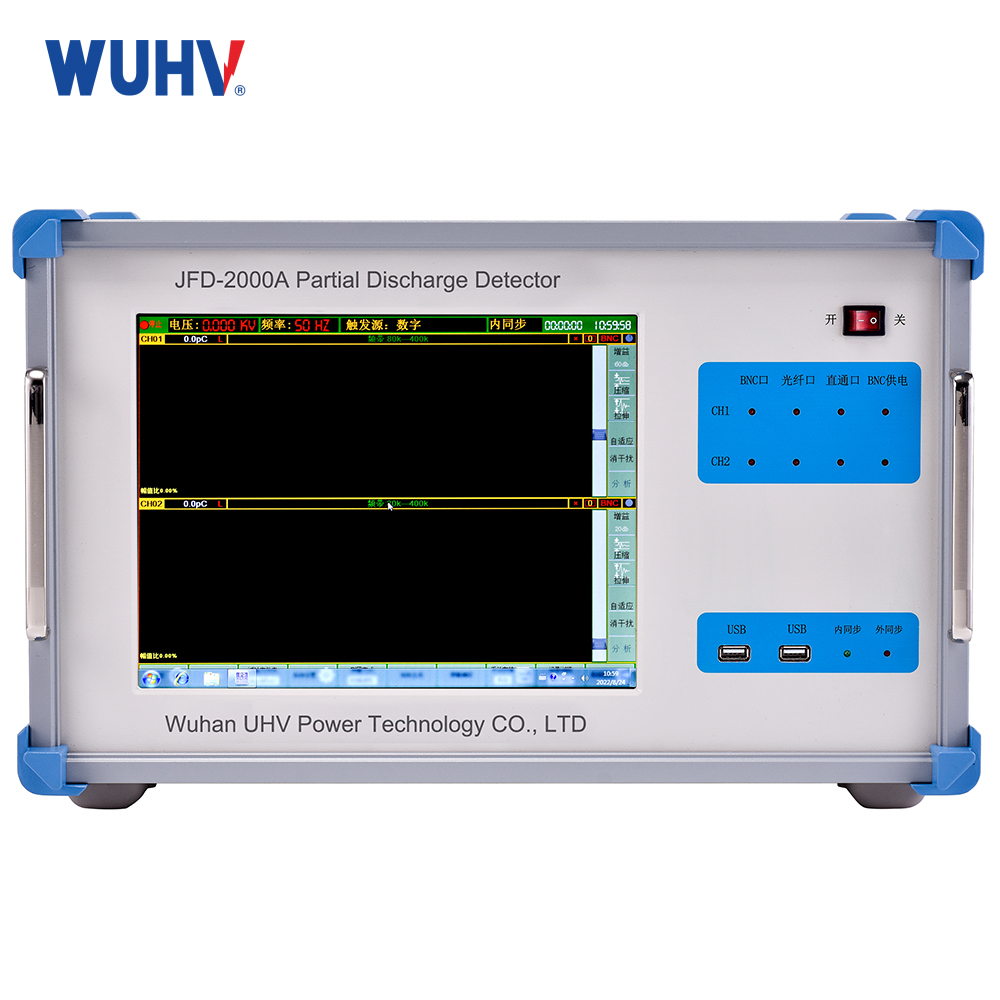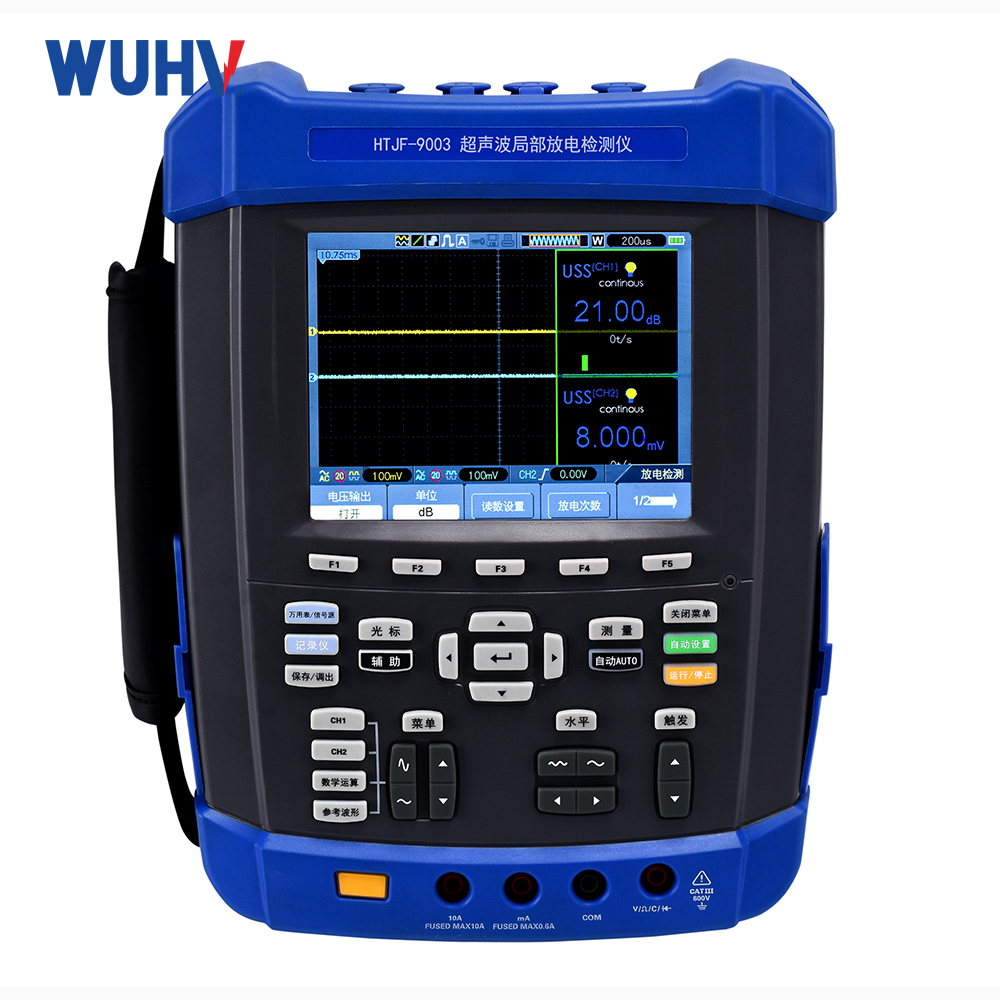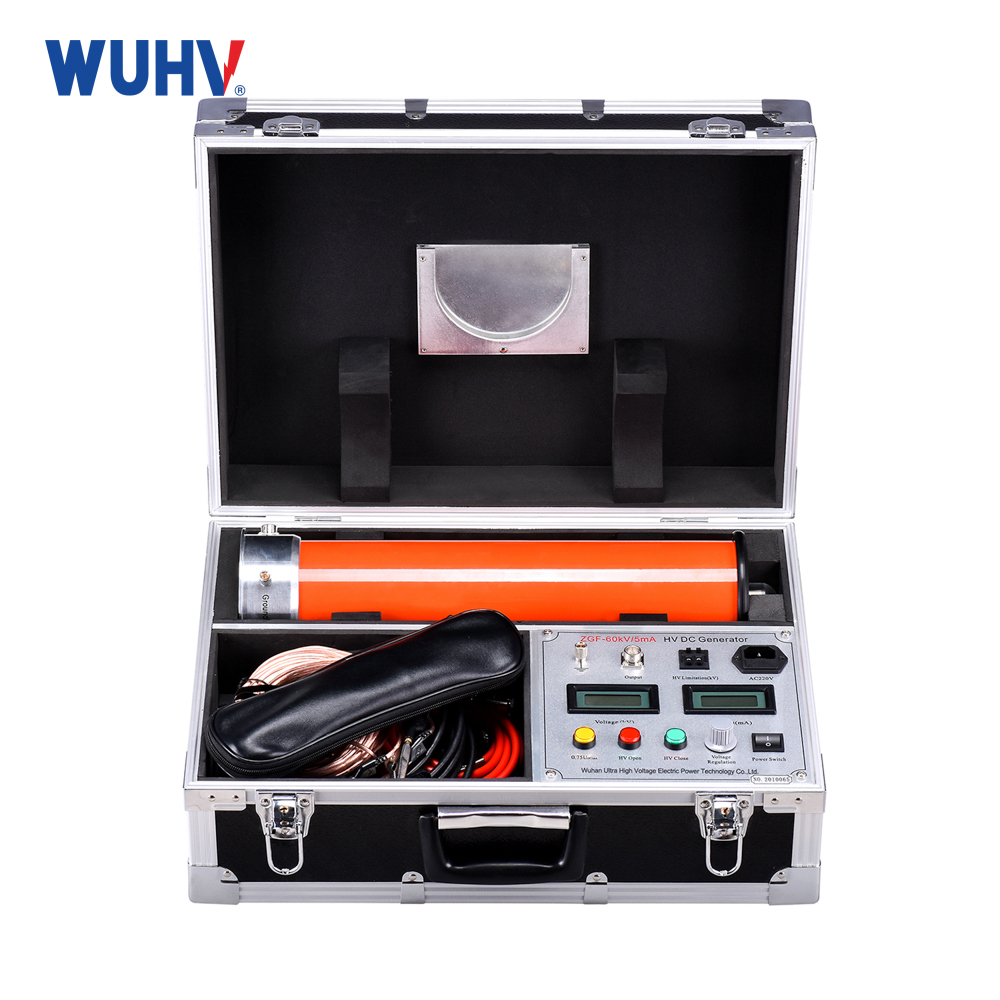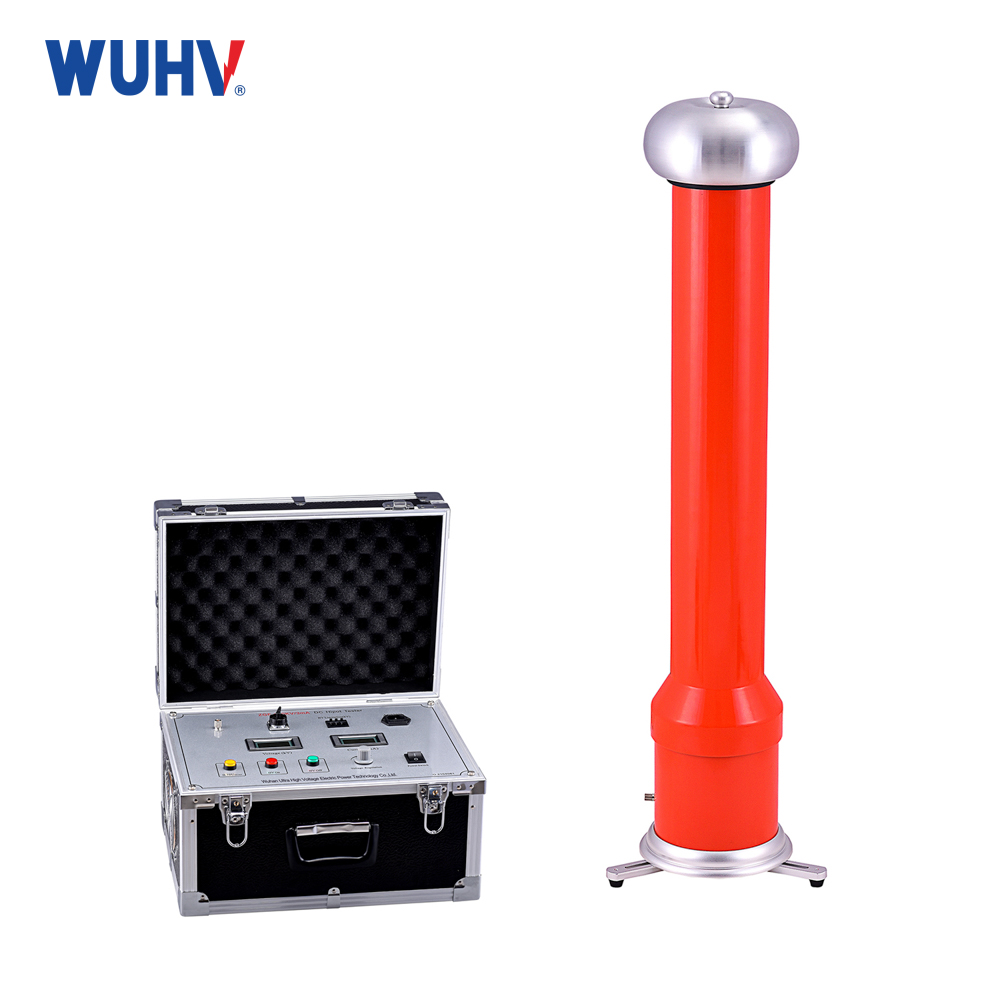Analysis of RLCseries resonance? Wuhan UHV specializes in the production ofseries resonance, with a wide range of product selection and professional electrical testing. To findseries resonance, choose Wuhan UHV.
Analysis of the necessity of replacing DC withstand voltage with AC withstand voltage
In recent years, research results from many international and domestic research institutions have shown that DC withstand voltage testing is not suitable for testing cross-linked polyethylene cables. Some cables, even after passing the DC withstand voltage test, still experience insulation breakdown accidents shortly after being put into operation. The impact on insulation during the DC withstand voltage test is mainly manifested in:
(1) DC voltage has an accumulation effect on cross-linked polyethylene insulation, known as "memory". Once a cable has "memory" caused by DC testing, the residual DC charges in the cable need a long time to be released. When the cable is put into operation, the DC charge will accumulate on the peak AC voltage, generating a "sum voltage" that exceeds the rated voltage of the cable, making the insulation prone to aging and shortening its service life.
(2) The test voltage is too high, and the insulation can withstand a high electric field strength. This high voltage may cause damage and defects to the originally good insulation.
(3) The direct current voltage has a different effect from the actual operating alternating current voltage. Under the action of direct current voltage, only the resistivity of the insulation material determines the electric field distribution in the insulation, while the electric field distribution under alternating current is determined by both resistivity and dielectric constant. Therefore, in practical applications, cables that pass the DC withstand voltage test often experience insulation failures under normal operating voltage after being put into operation. That is to say, the DC withstand voltage test cannot accurately reflect insulation defects in cables like the AC withstand voltage test.
(4) Under direct current voltage, water branches appearing in the insulation layer of cross-linked cables are prone to form electrical branch discharges, accelerating insulation aging.
Therefore, in order to inspect and ensure the installation quality of cables, it is necessary to conduct on-site AC voltage withstand tests before power transmission and operation. However, due to the large electrical capacity of power cables, larger capacity experimental equipment and power supplies are required, and it is difficult to meet the conditions for conducting AC voltage withstand tests using 50HZ power frequency on site. Therefore, depending on the specific situation, the method of series resonance can be used to solve the problem of insufficient capacity of the testing equipment.
The principle and experimental method of frequency conversion series resonant AC withstand voltage
(1) The principle of series resonance withstand voltage
If the test voltage of the test sample is high and the capacitance is small, the series resonance method can generally be used, and its equivalent circuit diagram is shown in Figure 1.

Figure 1
When wxl=wxc (c includes cx, c1, c2) in the test circuit, series resonance occurs in the test circuit, which can generate series resonance on the test sample. At this time, a higher test voltage can be applied on the test sample (the test voltage is related to the quality factor of the circuit). For power cables, the capacitance is large, and traditional power frequency test transformers are bulky, and high current working power sources are not easy to obtain on site. Its input power capacity can be significantly reduced, weight can be reduced, and it is easy to use and transport. The capacitance C of the test equipment is fixed, and in order to generate resonance in the test circuit, the inductance L or frequency w of the test circuit needs to be changed.
(2) Frequency modulation series resonance withstand voltage test method
The on-site AC withstand voltage of high-voltage cables generally adopts frequency modulation (30-300HZ) series resonance test equipment, which can obtain higher quality factors (Q values), and has the characteristics of automatic tuning, multiple protections, low noise, and flexible combination methods.


